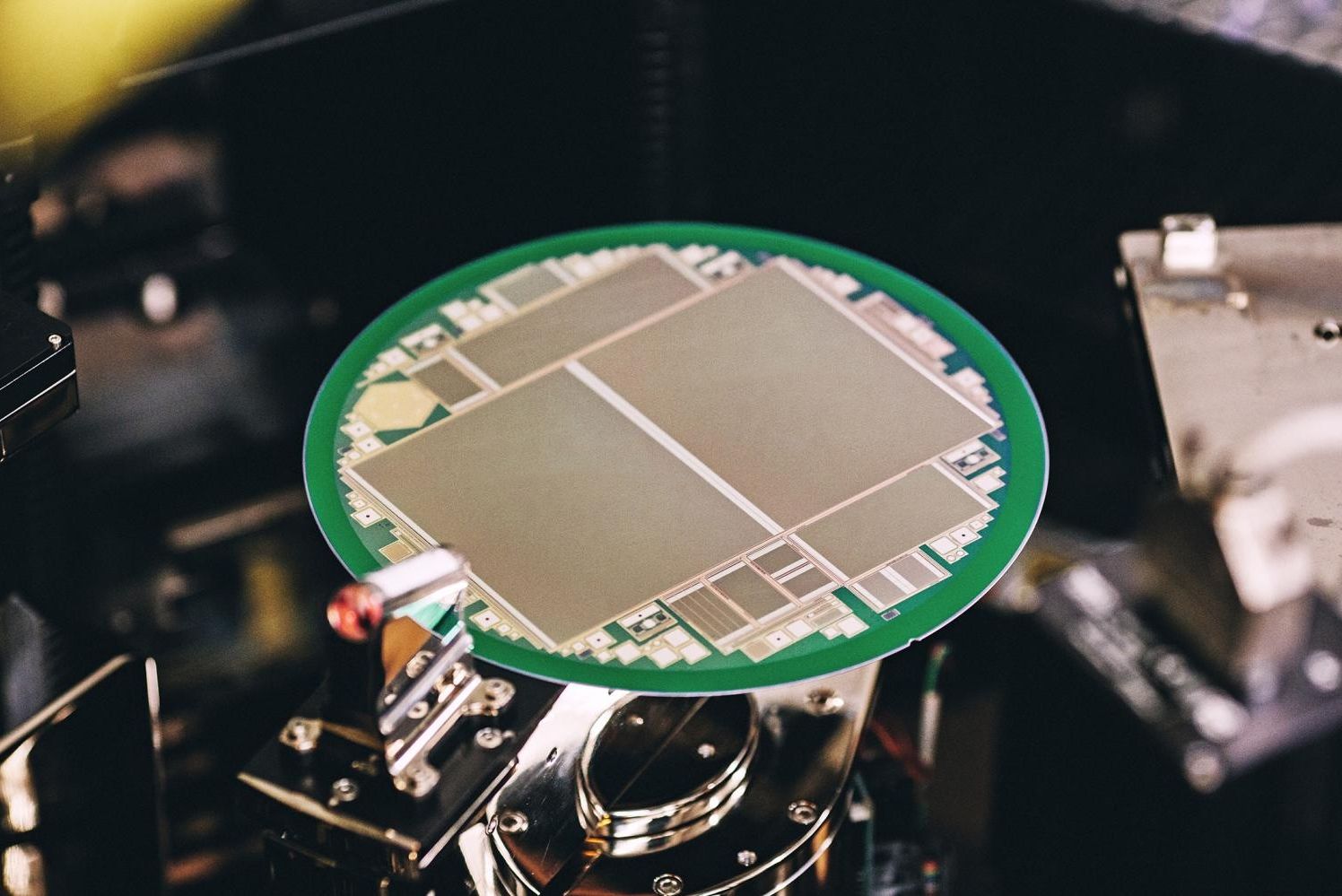Ninety-five percent of the universe is still considered unexplored. Scientists at CERN, the world’s largest particle physics research center, located in Geneva, are working on solving these mysteries. In May 2012, researchers there discovered the so-called Higgs Boson, whose prediction won Peter Higgs and François Englert the Nobel prize in physics. One of the things CERN scientists are researching at the moment is dark matter: Although it may well have five times the mass of visible matter in the universe, this extent can only be indirectly proved. With a bit of luck, CERN will also succeed in generating dark matter.
A unique sensor chip can contribute to proving the existence of dark matter: It is eight inches or 15 cm x 10 cm and was developed jointly by Infineon Technologies Austria and the Austrian Academy of Sciences’ Institute of High Energy Physics (HEPHY). Tens of thousands of these silicon components could be used at CERN in the near future. They are not only more economical to produce than previous sensors, which measured up to six inches. The components also stand up better to constant radiation and thus age slower than the previous generation. Planned experiments will scarcely be possible without resistant sensors.
The experiments at CERN are analyzing the structure of matter and the interplay among elementary particles: Protons are accelerated almost to the speed of light and then made to collide, giving rise to new particles whose properties can be reconstructed with various detectors. “In particle physics and cosmology, there are many questions that are still open and to which mankind still has no answer,” says Dr. Manfred Krammer, head of the Experimental Physics Department at CERN. “To make new advances in these areas, we need a new generation of particle sensors. Cooperation with high-tech companies like Infineon allows us to develop the technologies we need for that.”
